The Rhythm of the Wild: Seven Days on Safari in Kenya
What better place to experience the coexistence of man and wildlife than in the Serengeti, a vast ecosystem of national parks known for its stunning landscapes and home to some of the most exotic members of the animal kingdom. Spending my first week of 18 days in this unique, vast ecosystem to witness some of the most spectacular landscape of sweeping golden plains and exotic wildlife ever seen. It is painful to imagine that the combination of human behavior and climate change could one day end this vital ecosystem. Yet, there is much that is being done to ensure its sustainability. Here is what I witnessed and learned from this unique wilderness experience…
But First a Bit of History
Wonder how safaris started? Sadly, they were first started in the 19 century for rich Europeans and then Americans to hunt and collect animals as trophies….part of what has been centuries of colonization by European countries. Unfortunately, the safari industry remains dominated by decedents of Europe or by white Afrikaners. Black Africans remain on the bottom of this rather lucrative industry.
When Africa experienced decolonization in the 20th century, local governments started to protect and preserve their wildlife habitats as a valuable asset for now and future generations. In fact, wildlife habitats and local ecosystems were being severely threatened by the continuation of game hunting, poaching, and overdevelopment. This required an investment in resources, government regulations, working with tribes to change their customs, reducing the poaching of animals and eliminating large-scale trophy hunting. The emergence of the conservation movement led to many of these changes, birthing eco-tourism and the formation of over 300 African national parks. Today, Africa safari tourism accounts for 48.8% of global safari tourism market revenue, generating billions of dollars annually.
Arriving in Nairobi, Kenya
I left Cape Town, South Africa and boarded a five-hour plane flight to the city of Nairobi to what would be the last leg of my year-long travel before heading home. My intentions were to experience a safari during the first week, visit a rural school in Kisii, Kenya for several days and the remaining time explore the city of Nairobi. At this point, I am a bit tired and am experiencing discomfort in my stomach, most likely caused by anxiety and overeating along with my usual back and joint pains. I had to dig deep and muster enough grit and energy to get me through these 18 days, not wanting to miss anything. The first 10 days, I juggled several hotels and lodges with the remaining days in a spacious Airbnb apartment to my liking. This allowed me to complete the September’s newsletter before jumping on a plane.
What else was I able to do? Not much other than to plan what the next two months of my stay in the US would look like since I no longer own a home, other than a storage unit.
A Safari to Remember…from Savannah to Sunset
I booked a safari venture with the Private Safari Company recommended by a colleague, which turned out to be a good bet. I committed seven days wanting to visit several reservation parks that would offer me an expansive view of Africa’s open grasslands with the opportunity to see as much of this country’s wildlife (the big five) including the Great Migration. Whatever perceived ideas you may have formed from watching television about Africa’s wilderness will be forever changed once you arrived. The experience is a mesmerizing blend of stunning views of a variety of landscapes, incredible wildlife and unique vegetation. It’s hard not to become enamored with the majestic Acacia tree, a symbol of Africa’s natural beauty and resiliency. These iconic trees leave you with a lasting impression of the African wilderness. In fact, taking photos of these solitary trees was just as enjoyable as those taken of wildlife. The following is an overview of what those seven days were like starting with my arrival to Nairobi:
Day 01 Arrival at the airport, pick up by the staff to be driven to a local hotel for dinner and much-needed rest to begin this journey first thing in the morning
Day 02 After breakfast I was picked up by my tour guide George to begin a 5-hour drive to Taita Hills Wildlife Sanctuary. It important to know that every one of these reservation parks entails at least 5 hours of driving through Kenya’s many rural communities. Driving through these rural towns is like entering a very different yet arcadian world. You are a bit blown away by not only the rustic nature of rural living in Africa but the level of poverty that continues to mire this country. Taita Hills Wildlife Sanctuary is a privately owned wildlife sanctuary and national park in Kenya established in 1972. The sanctuary covers an area of 28,000 acres and is adjacent to two other national parks. The lodge is nicely designed with contemporary huts where you can see a range of animals from giraffe to zebras, impalas, hartebeest, gazelle from the lodge. After lunch, we head out to the reservation to begin my first game drive, seeing close many of these animals including a cheetah.
Day 03 Next day we took a morning game drive to view animals before heading to Amboseli National Park, a four-hour drive arriving in time for lunch and to begin an afternoon game drive at the park where we followed a herd of elephants besides viewing more of the same animals. We stayed for dinner and an overnight at Ol Tukai Lodge. Of all lodges, this one I liked the least, although I loved the Maasai Tribal Chief greeter who kept calling me Mama (a term of endearment and respect).
Day 04 Next day after breakfast, we headed to Lake Naivasha, a 6-hour drive through many rural towns and the Great Rift Valley Viewpoint. We hit a rainstorm which slowed us down arriving a bit late unable to do the boat safari. After a late lunch, we used the day to relax and enjoy the views of the lake staying overnight at the Naivasha Country Club. We rescheduled the Safari boat ride for the morning to view a family of hippos and a variety of native birds. The lake was both stunning and mysterious with striking dead trees sticking out of the water, enabling birds to swoosh down to catch fish.
Day 05 After the boat ride, we left to go to the Masai Mara National Reserve Park for two nights arriving at. — Lodge/Camp in time for lunch. This was a quite a sophisticated camp site with glam tents equipped with bathroom and lighting. The tents and the main lodge have this classic British interior design seen in old movies. The Maasai Mara National Reserve Park was indeed the highlight of the week as it is part of the Serengeti ecosystem that is interconnected with the migratory patterns of wildlife in the region, later explained.
First day there, we were able to observe a lion and lioness getting ready to mate. Suddenly, two other lionesses showed up to attack the love couple. This attack lasted no more than 30 seconds with the two lionesses quickly moving away. I was lucky to capture a couple of photos before it was all over.
Day 06 at the Masai Mara Reserve started with breakfast, followed by a full day game drive. On this second day, we headed towards the area where one can see the Great Migration known as “An ever-moving circular migration of over a million animals across the Serengeti-Mara ecosystem”. There were zebras, wildebeest, antelopes, buffalos and other animals moving together in search of grazing and water headed to the river where predators wait for them. Many birth and nurture new calves along the way. We did not travel that close to the river instead staying within a safe distance to see herds of animals just moving slowly south toward Tanzania. Quite a spectacular scene, yet difficult to explain or capture in photos the beauty and the mystery of it all.
During evening hours after lunch, we drove to see a leopard who climbed a tree with an antelope in his mouth. You can hear and see him munching away with no plans to come down from that tree. We stood there for more than an hour waiting to see if the leopard with come down or accidentally drop the prey. At one time there were over 25 jeeps at the scene waiting. It’s quite a spectacle to see jeeps full of tourists with all kinds of cameras observing and photographing wildlife. One wonders what these animals must think of humans.
I asked George whether the leopard will come down. His answer was “Either the leopard will come down first or the sun will. Yup, you guess it, the sun came down first and we left before it got any darker.
Day 7 is notably my last day at Masai Mara Reserve. Before leaving for a 6-hour drive to Nairobi, I got up at 4 am to take a hot-air balloon flight over the Serengeti to experience from the sky the African savannah stretching as far as my eyes can see. Catching the morning sunrise while floating in the air and seeing wildlife run from above does offer an entirely unique perspective. Upon landing somewhere in the savannah plains, we enjoyed a delicious, sit-down hot breakfast with the bubbly of your choice next to an Acacia tree…. ending this amazing week in the Serengeti (not the best hot balloon flight I’ve been on, however, the fancy breakfast made up for it).
Once in Nairobi and upon my return from Kisii, I spoke with George about adding one more safari day to experience Nairobi National Reserve Park, 30 minutes away from the city. The park is small in comparison to most of Africa’s national parks (about 45 sq miles). It is part of the Athi-Kapiti ecosystem significantly impacted by over development brought on by the city’s population growth. The contrast between the park and the city’s skyline is quite interesting and perplexing as it is the only safari park with a cityscape background, including a rather imposing rail line in the sky. Of the Big Five, I had not seen the rhino, and this park has a sanctuary for both rhinos and baby elephants. In case you did not know black and white rhinos are defined not by their skin color but by the shape of their muzzles. I was able to also see an ostrich perform a mating dance in courting a female who he later jumped on. Although there was a bit of distance to really see the action other than the fluttering of its massive feathers, the male ostrich did walk over to our jeep, allowing me to photograph him for carrying out his responsibilities.
What I Learned About Safaris
There are many ways to enjoy a safari without breaking the bank. Folks can stay a couple of days or a couple of weeks depending on how much they want to spend and what else they like to do while in Africa. Once there, you are assigned to a tour guide whether it’s one person or six throughout your stay addressing all of your needs. I thoroughly enjoyed my tour guide, becoming friends by the end of the week. You are required to always be inside the jeep unless you need to kill a snake (I’ll let you figure out what that means). These parks are endless, allowing for so many opportunities to see a variety of animals and vegetation. Tour guides are well educated about all aspects of the park and therefore can answer questions. They constantly communicate with each other when they spot any of the big five. Conservation practices are a high priority among the parks, tour operators and lodges. You will not see much plastics or disposables. Conservation practices are also extended to the animals who are watched and taken care of. Notwithstanding, climate change has already impacted so much of the terrain, forcing animals to seek grass and water elsewhere.
Conservation and the Cost of a Safari
Clearly, there is a cost to maintaining safari parks mostly paid by eco-tourism. For sure, one of the best tourism investment a conscientious traveler can make. It is also one of the most unique and unforgettable experiences to have. However, safaris are not just another experience, they are part of Africa’s vital economy. Kenya, along with countries like Botswana and South Africa, employs thousands of Africans, especially in rural areas where the job market is nil. Safaris also support the airline and hospitality industries, creating both new businesses and jobs for Africans helping to grow their cities.
However, poaching continues to plaque the industry, along with population growth and climate change. During the pandemic, the safari industry closed down, laying off most of their staff, which led to an increase in poaching and hunting. Regardless of how much sustainable practices the industry does to conserve, no one knows what the impact of climate change is going to be in the next 100 years. Safaris are already experiencing the impact of changes in rainfall patterns that lead to drought reducing food availability, which is threatening the survival of many African wildlife populations. It’s sad and probably fair to say that future generations will only be able to see these animals in restricted environments unless we can focus much needed resources on the planet instead of space.
Lastly, My Photos
Selecting 30 photos was not an easy task, so I bumped it up to 50. I try to capture closeups as well as distance photos to incorporate the terrain that these animals thrive in. The beauty of the African savannah landscape is way too vast to appreciate it in a photo. Certainly, a reason for making this trip someday. One other important element in the safari world is the role that the Maasai Tribe plays in coexisting with wildlife. Please check out my story on this semi-nomadic pastoral tribe in next month’s newsletter. Remember to click the center of the photo for a full view of each photograph.

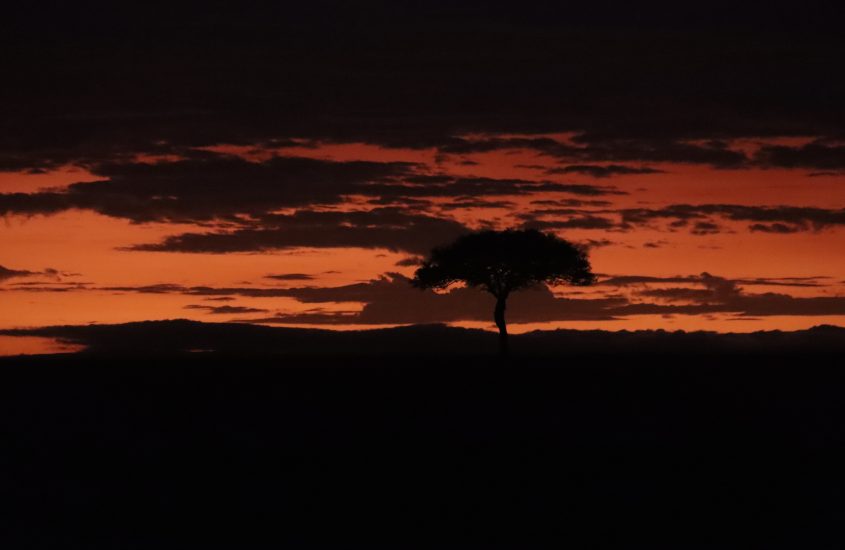
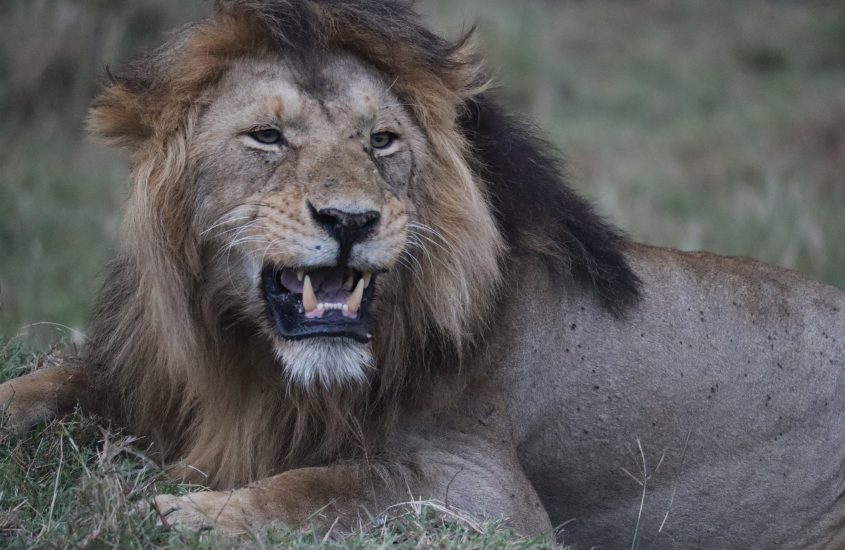
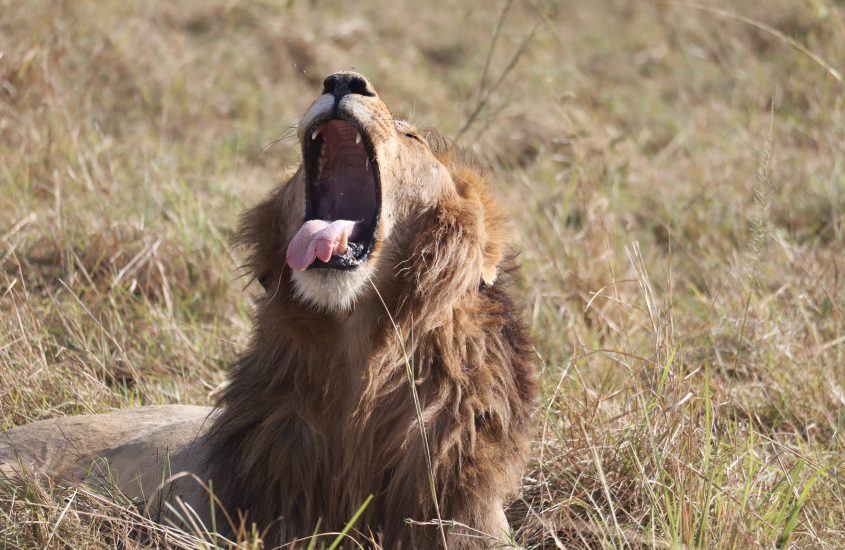
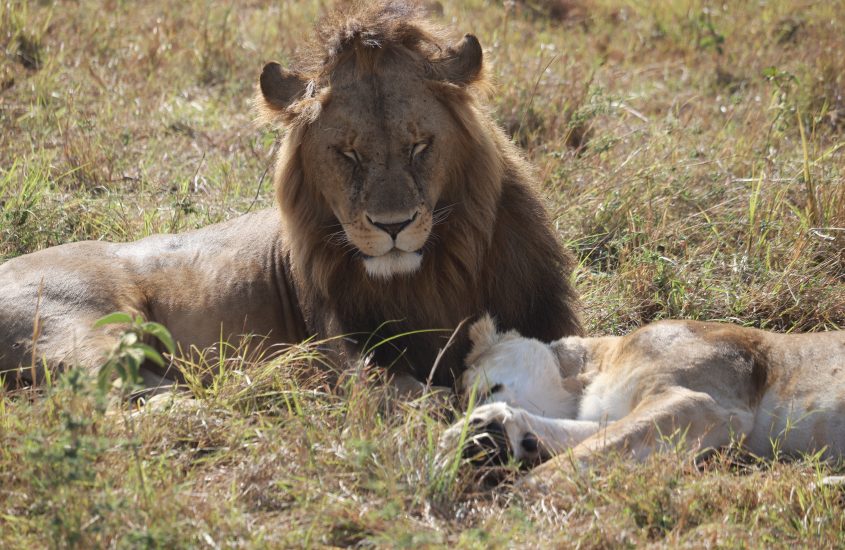
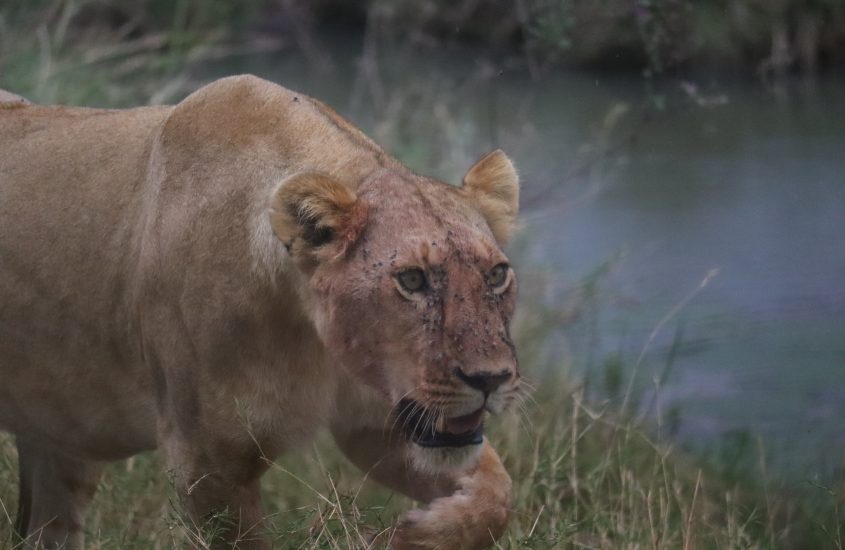
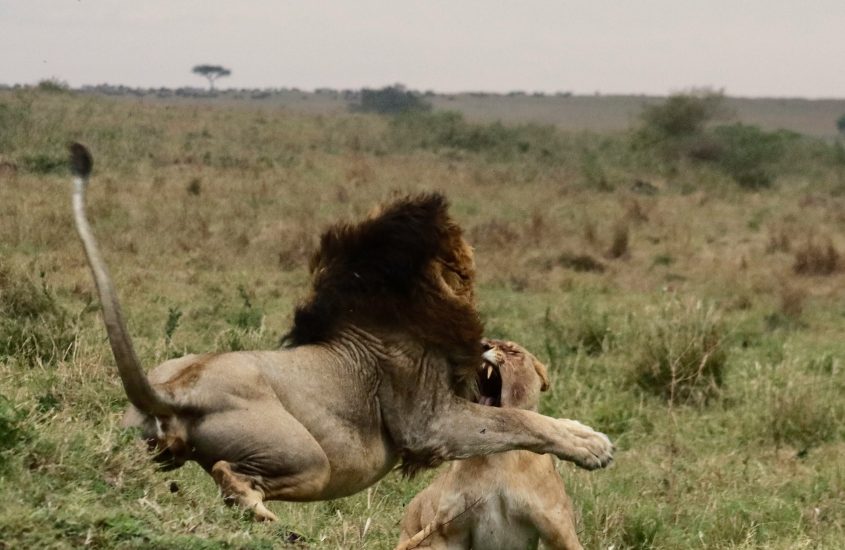
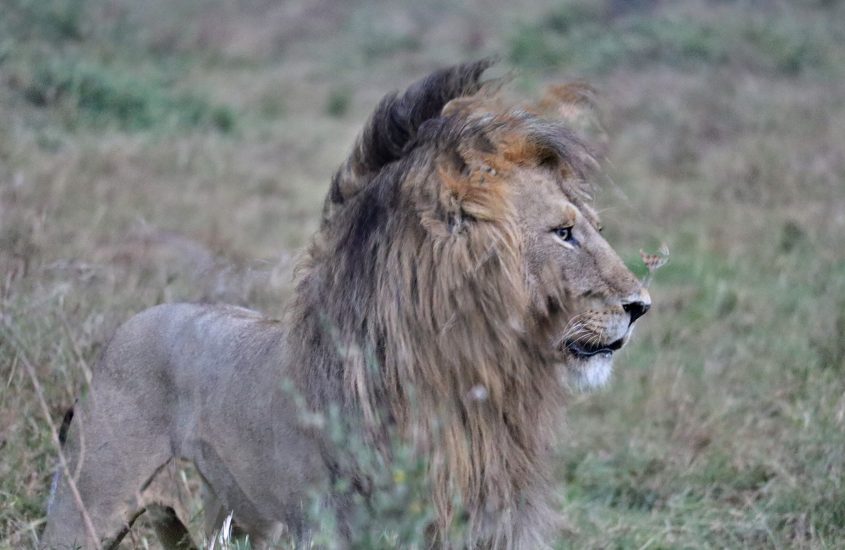
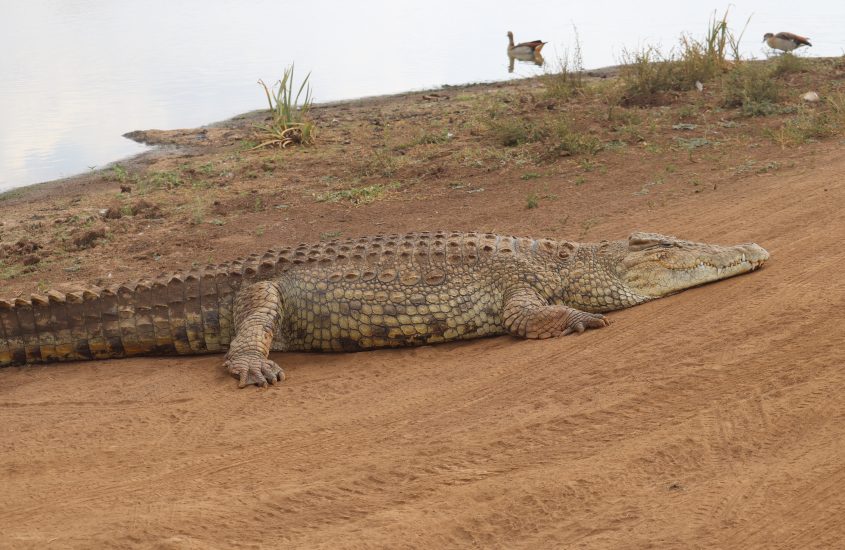
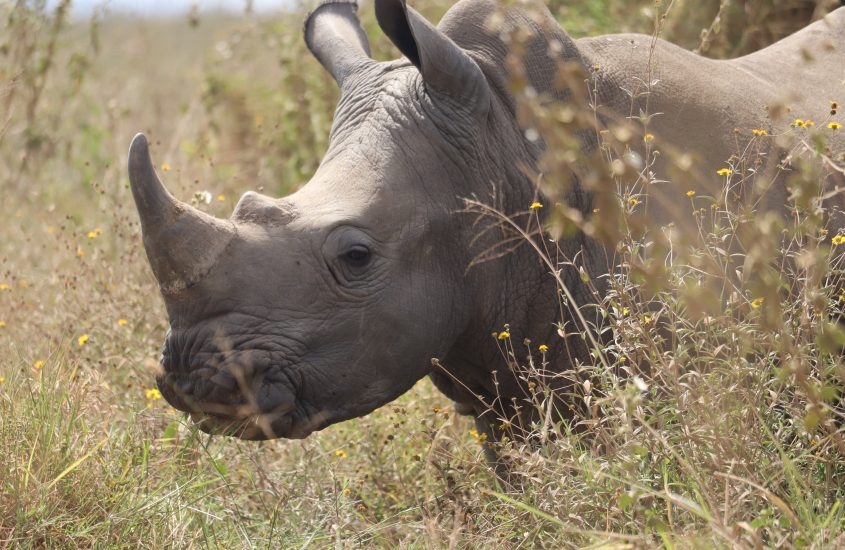
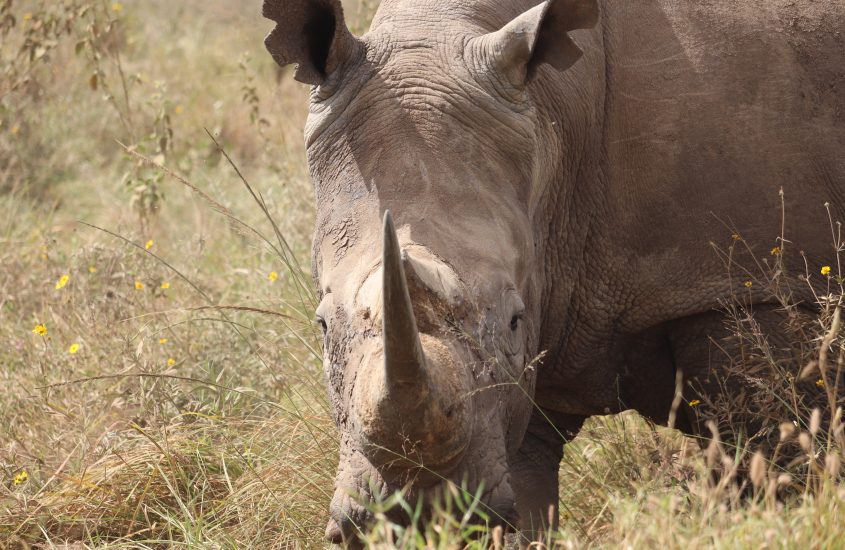
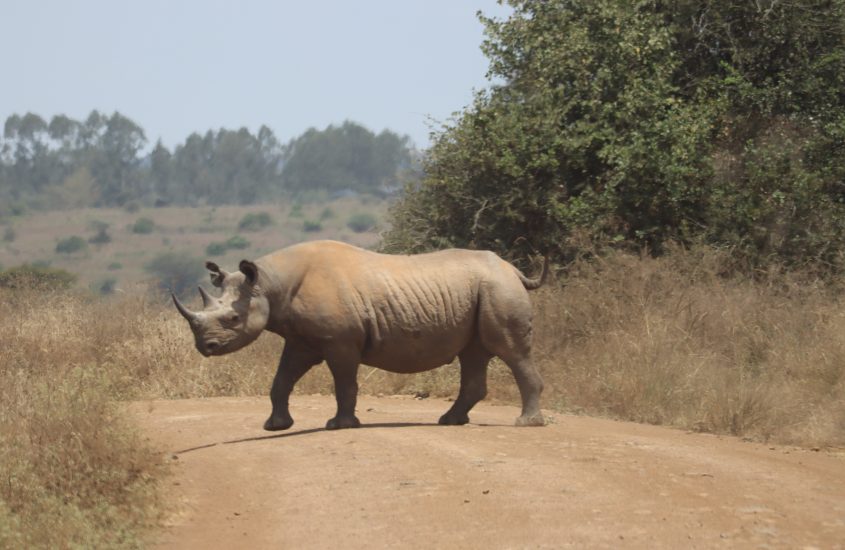
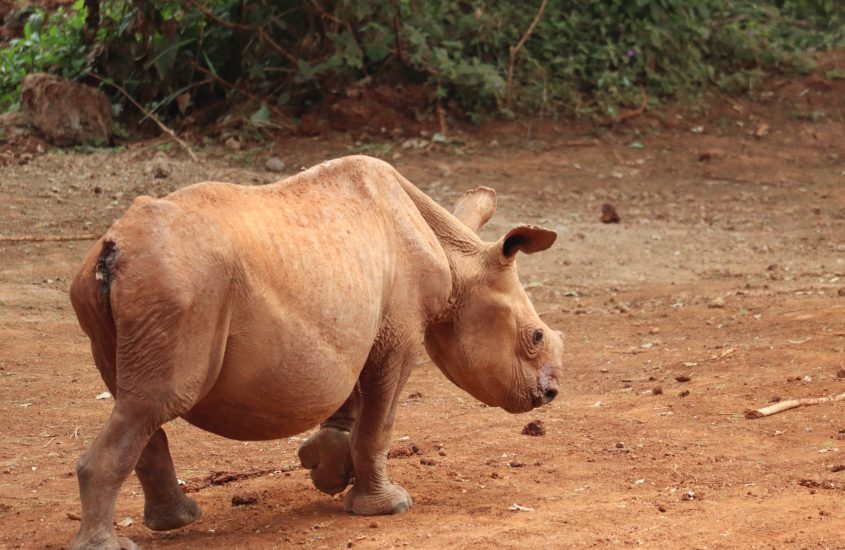
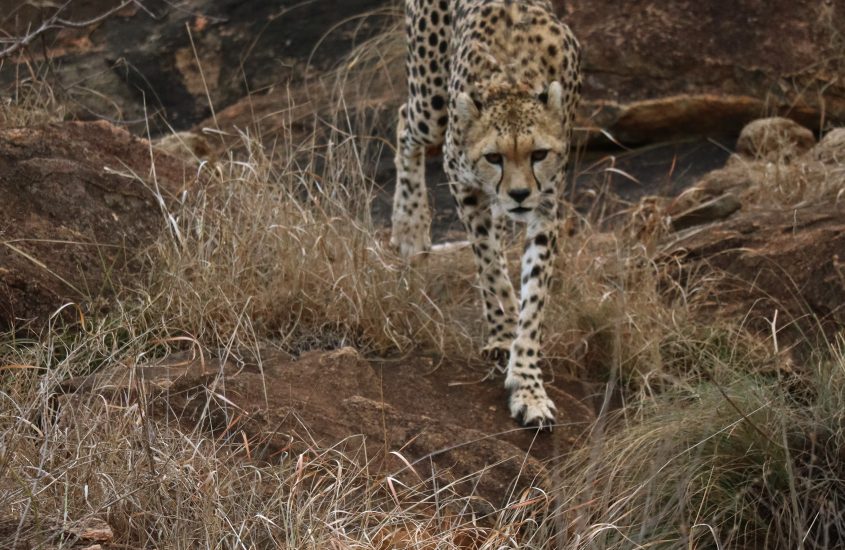
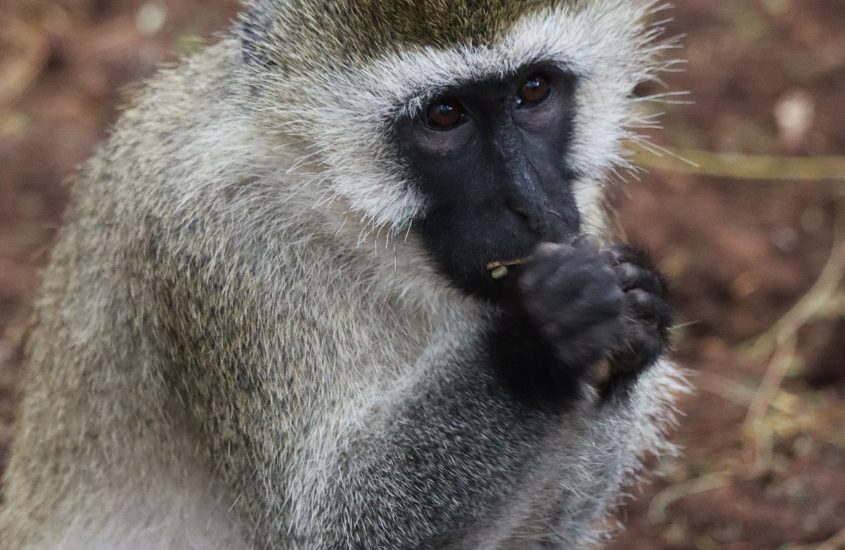
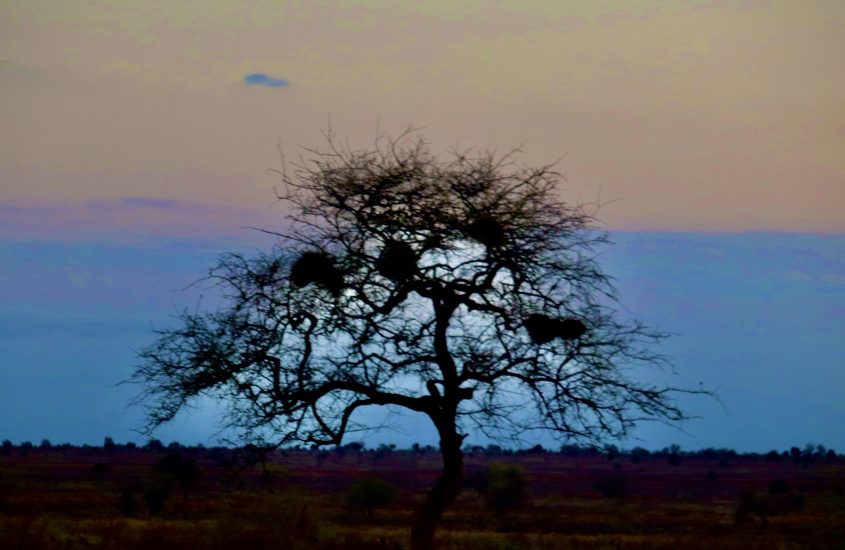
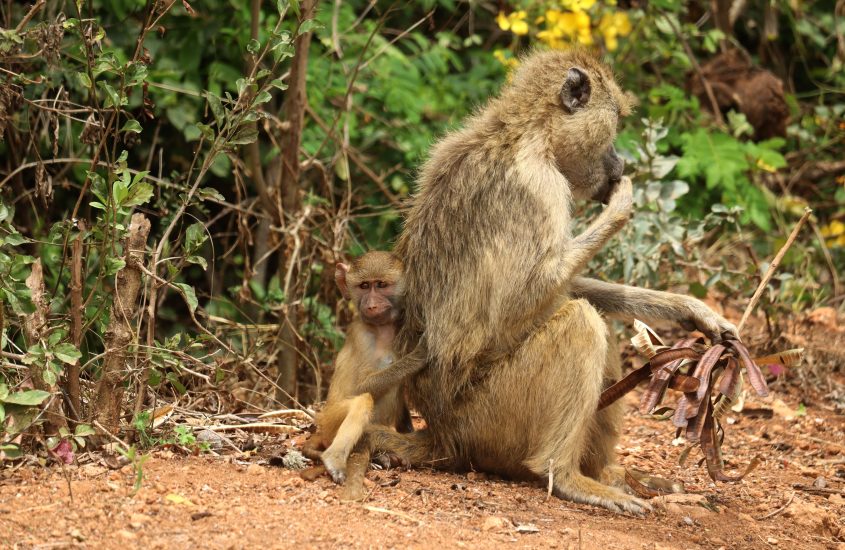
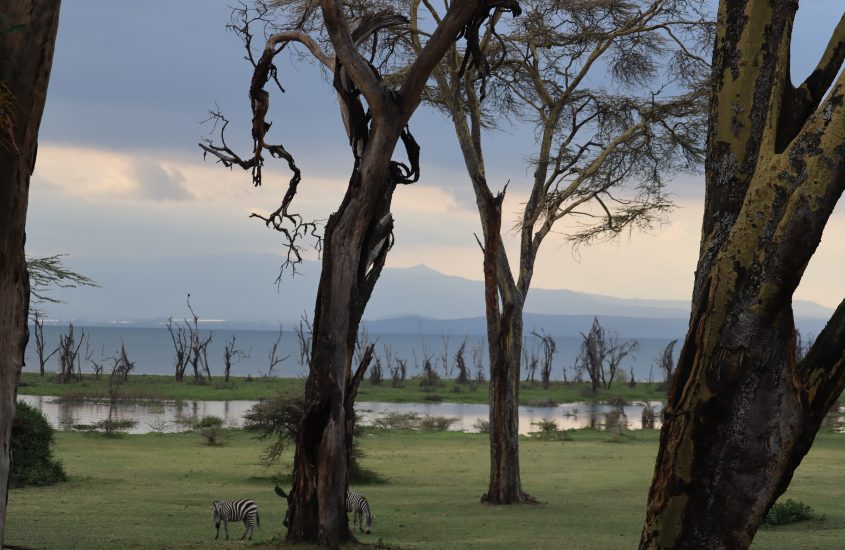
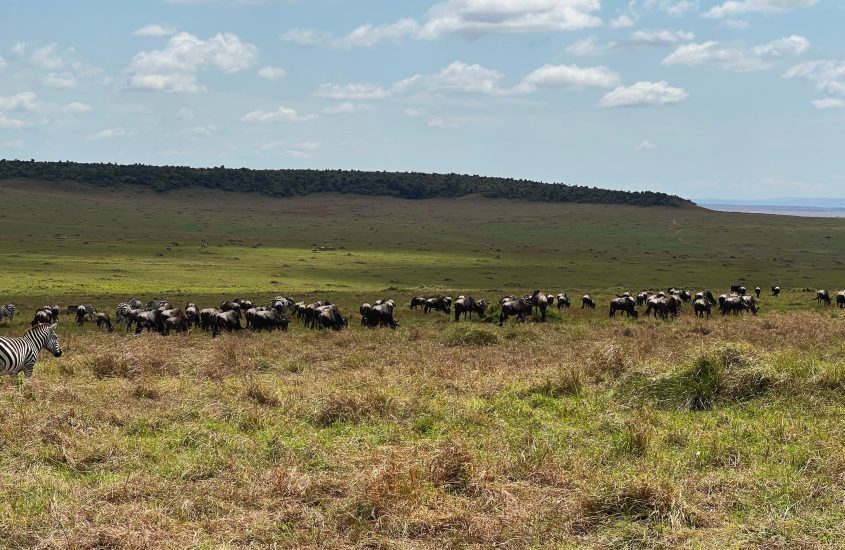
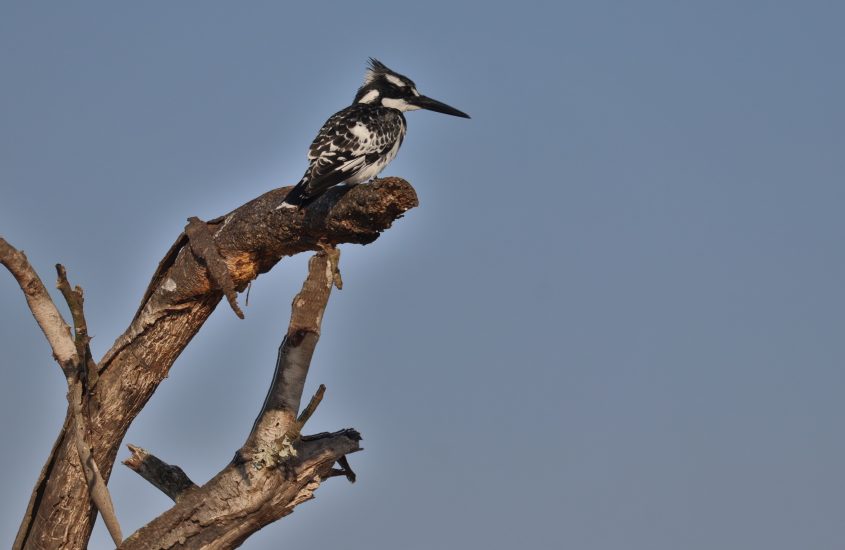
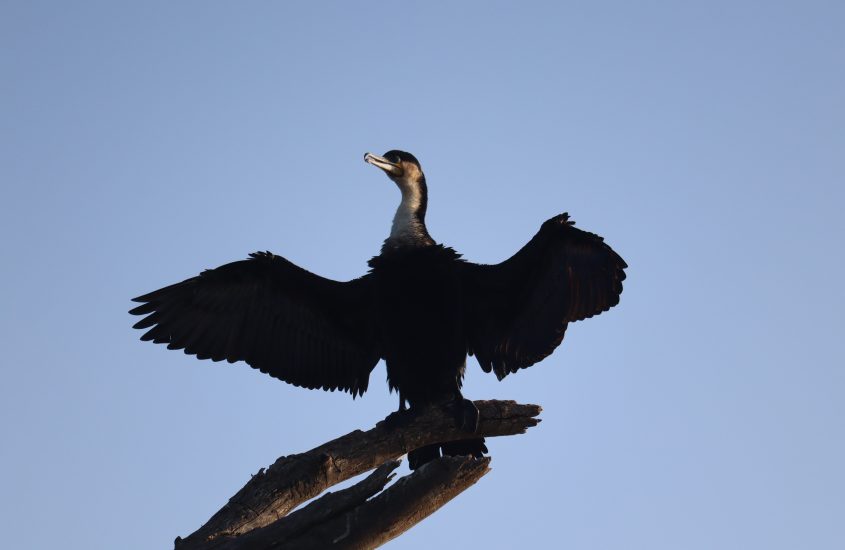

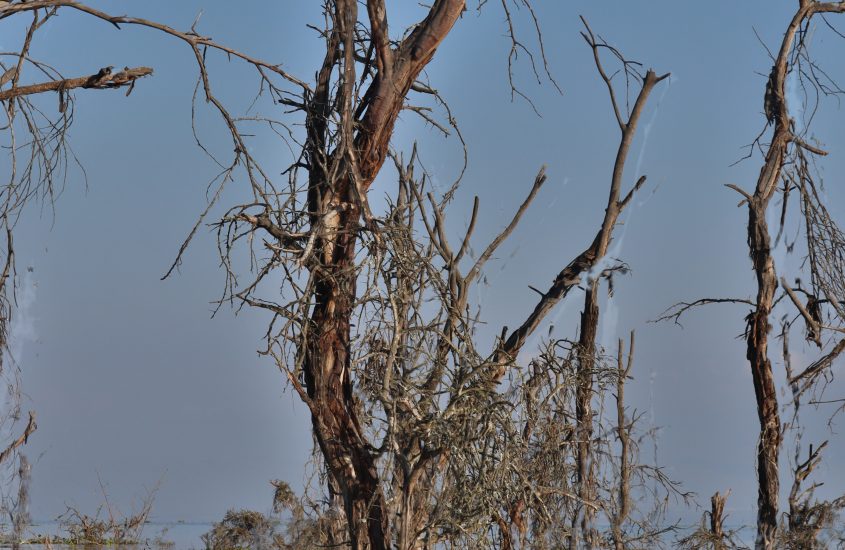
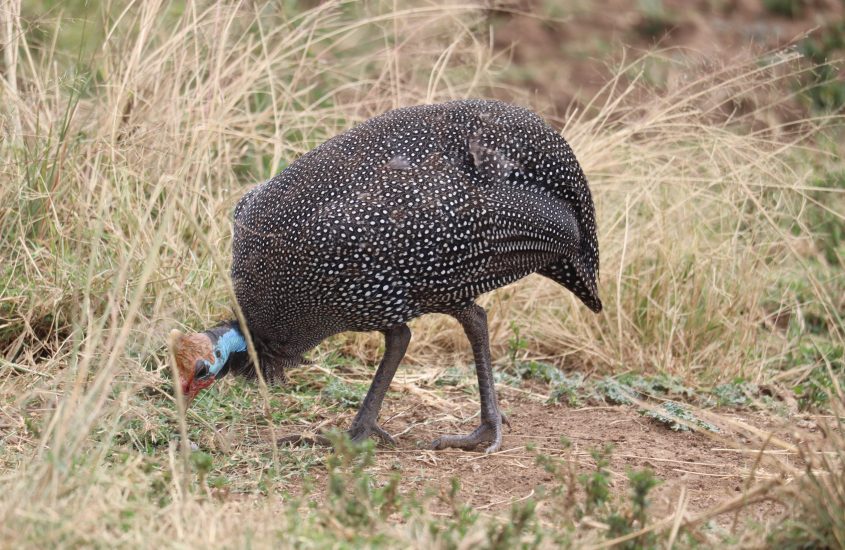
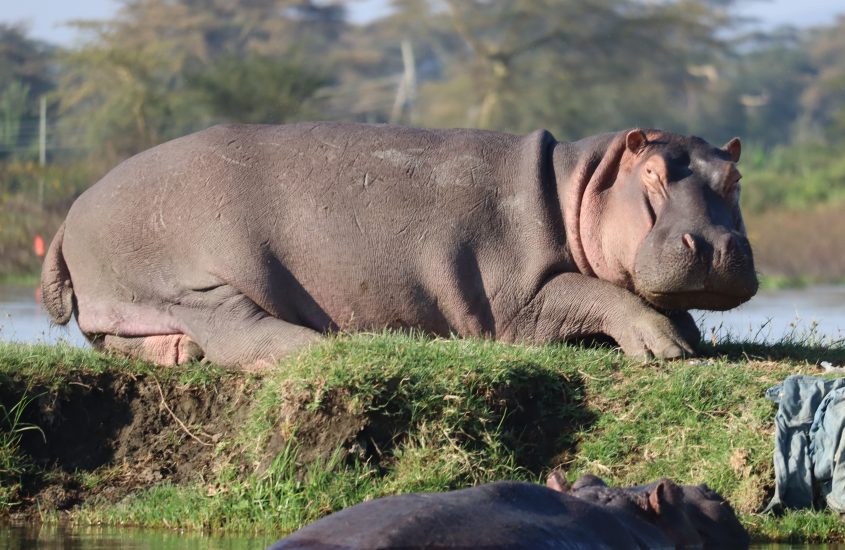
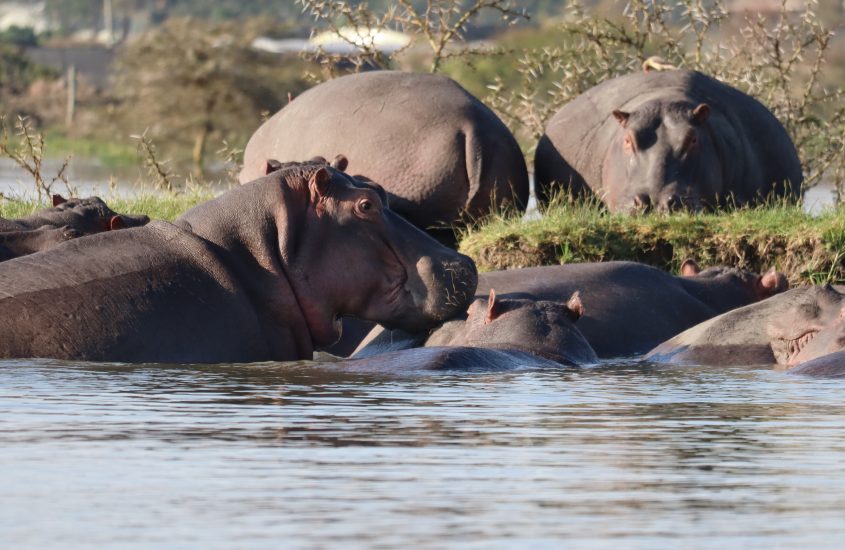
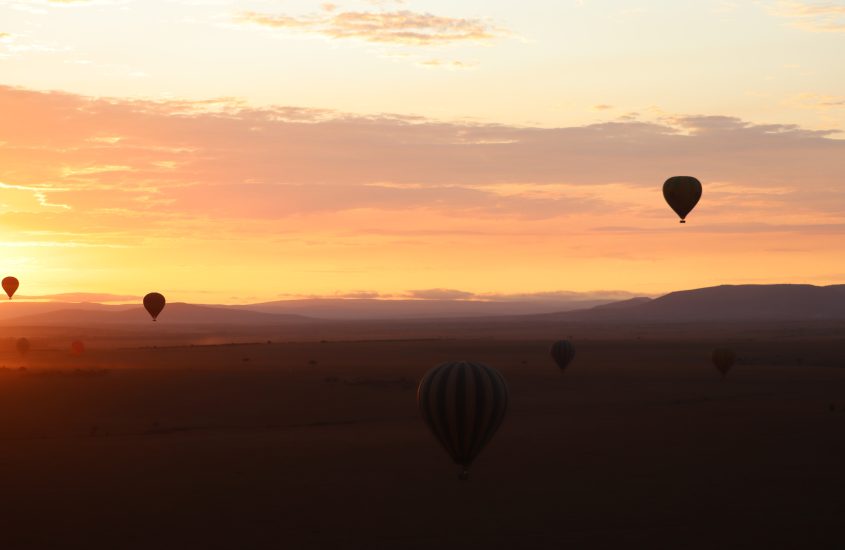
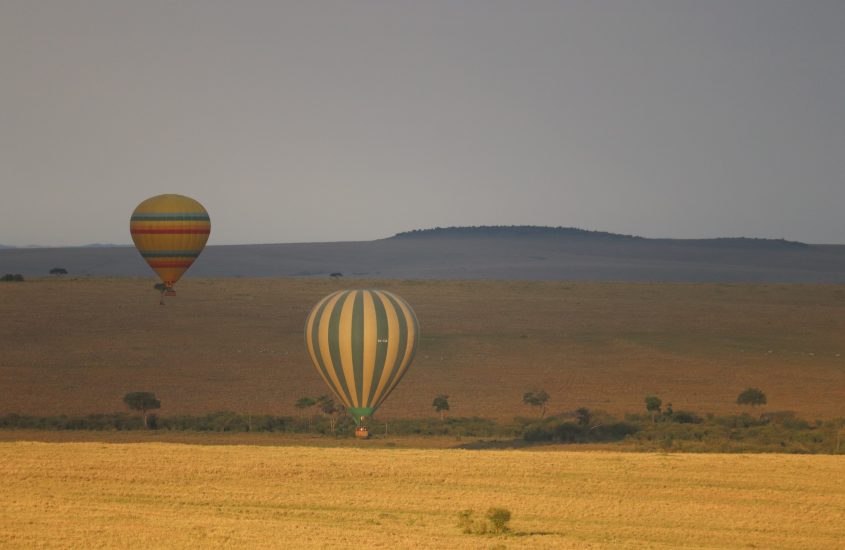
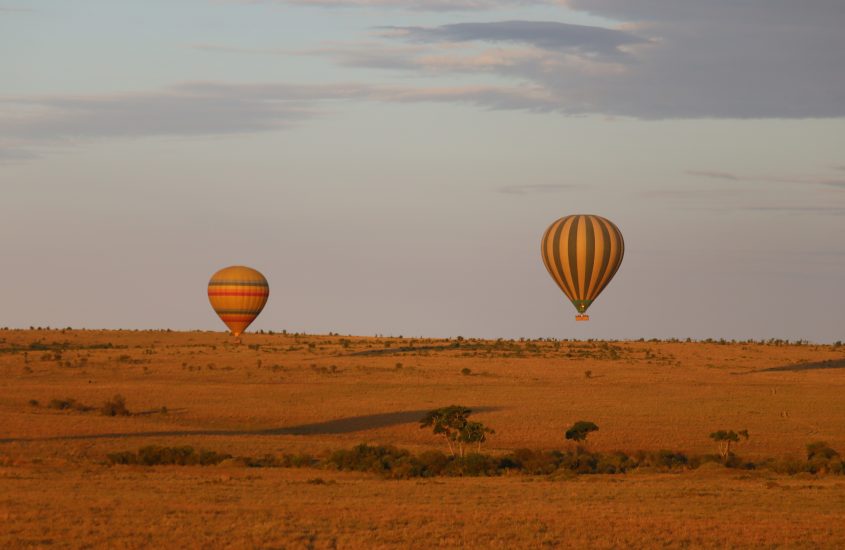
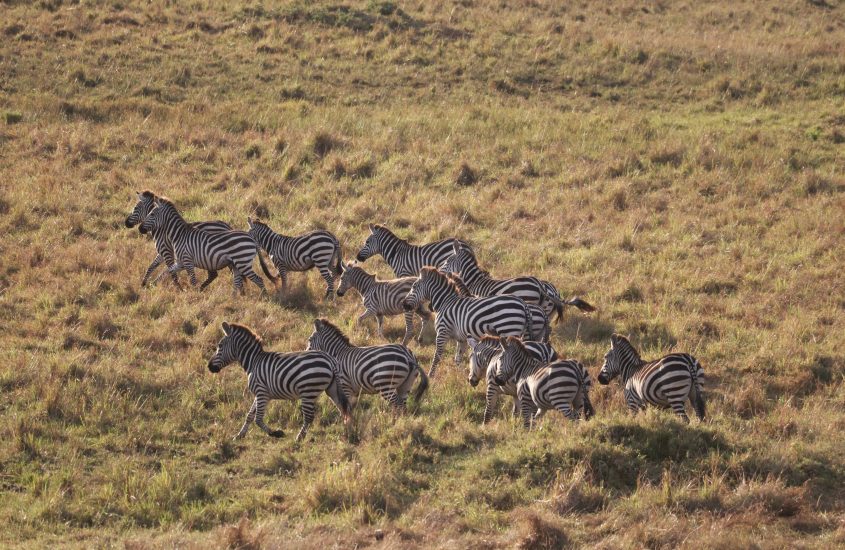

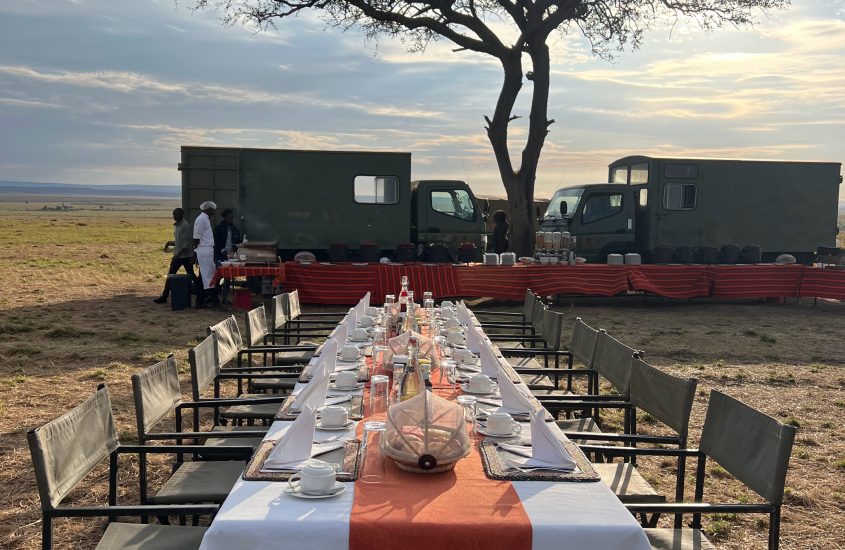
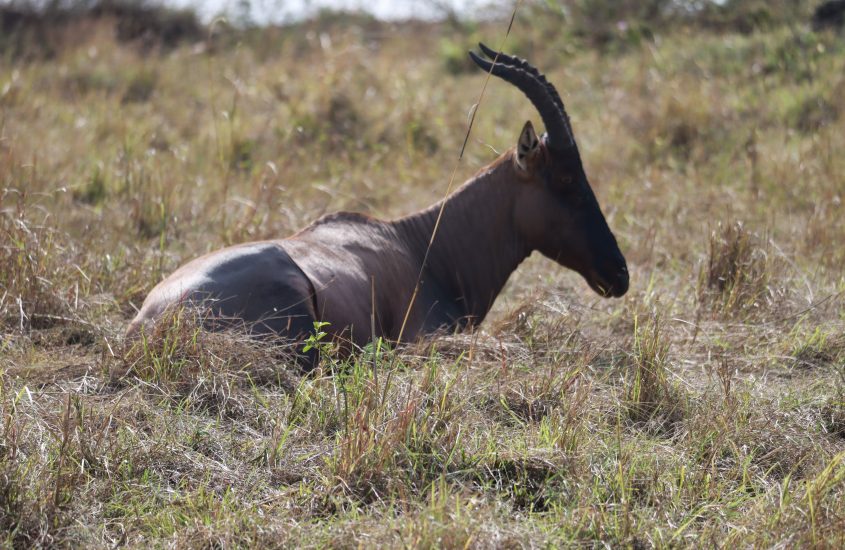

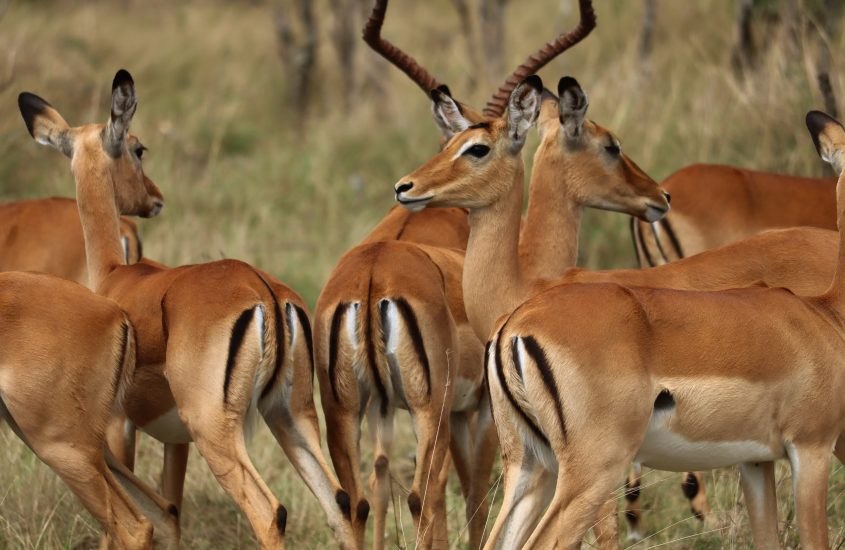
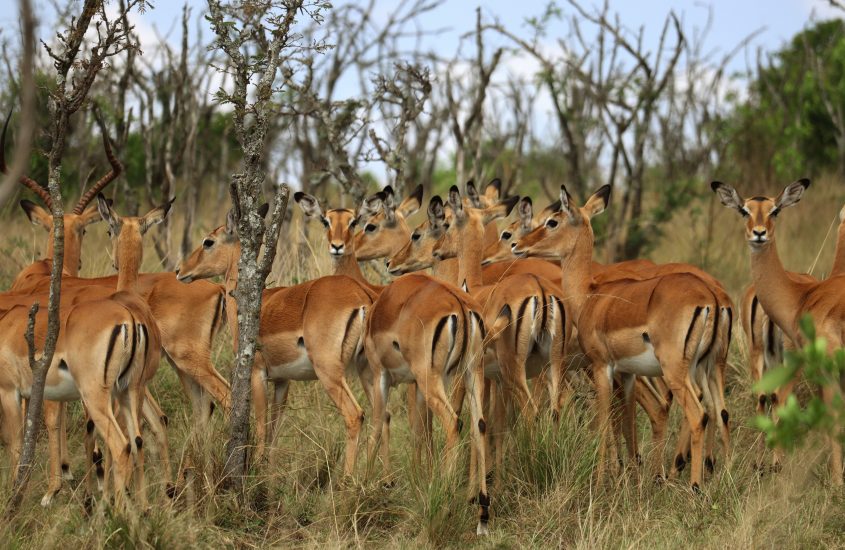
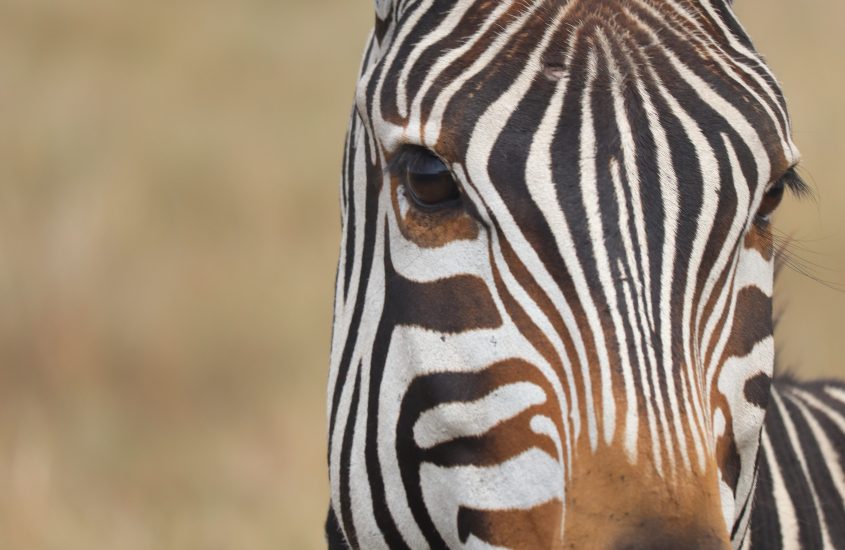
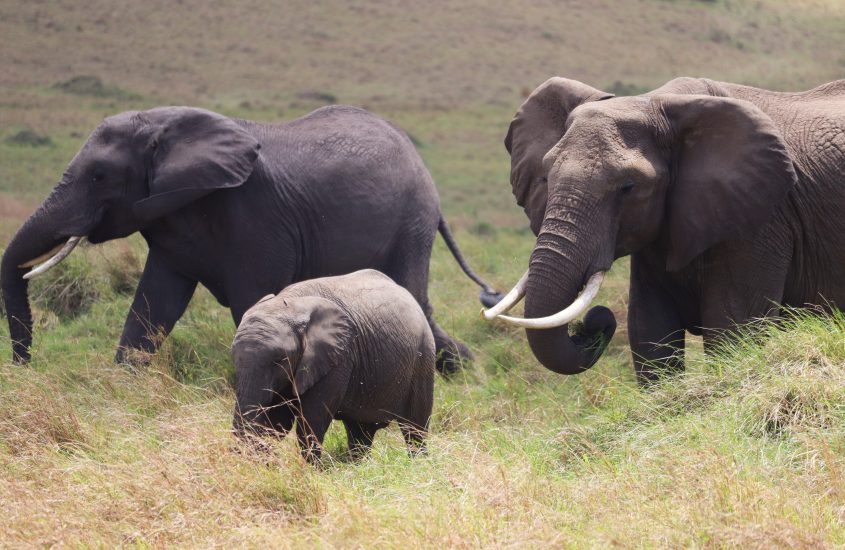
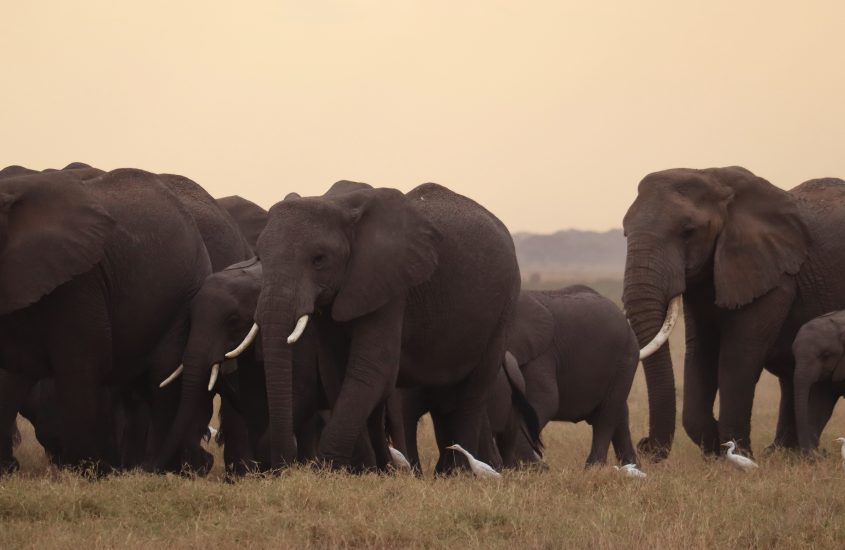
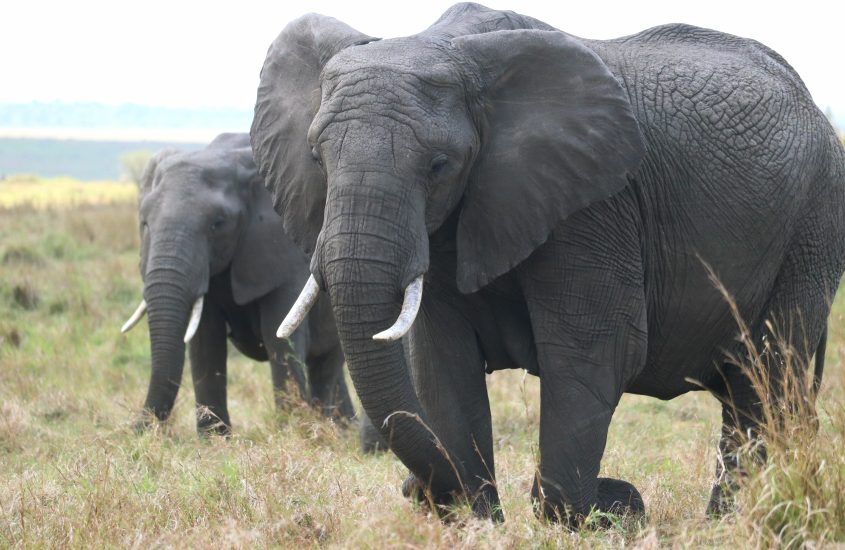

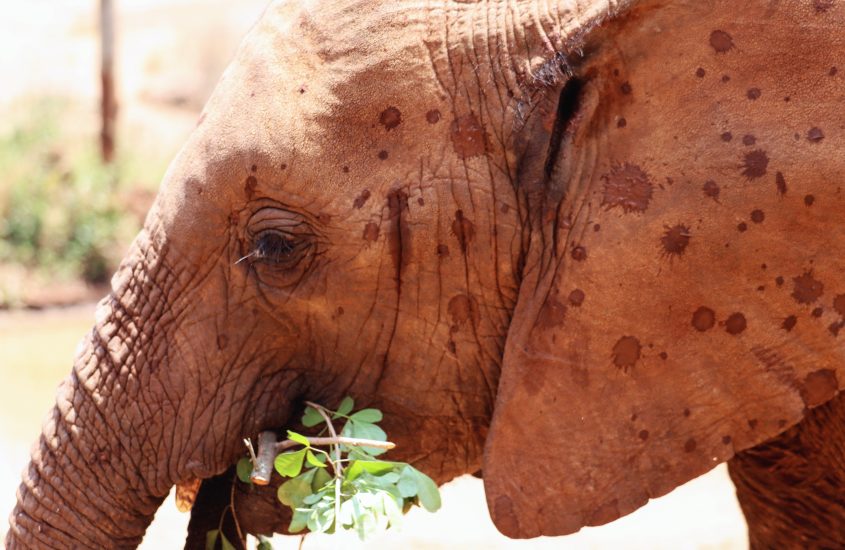
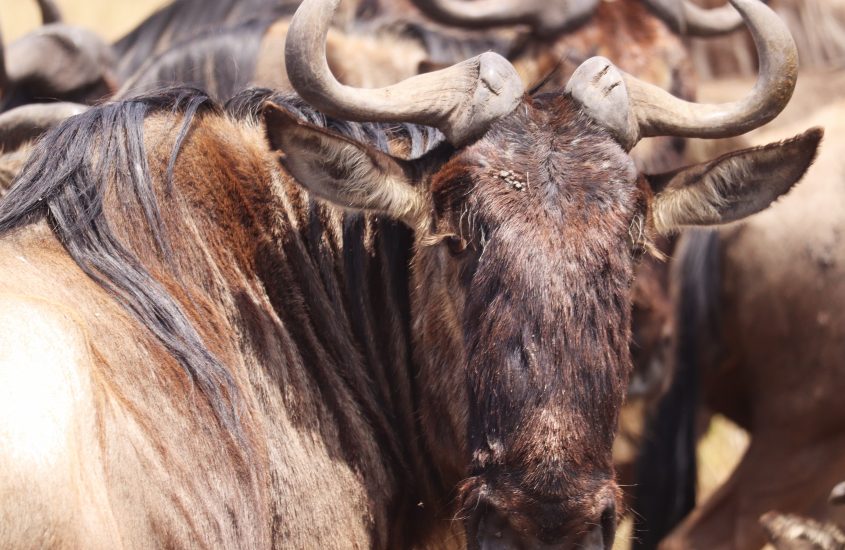
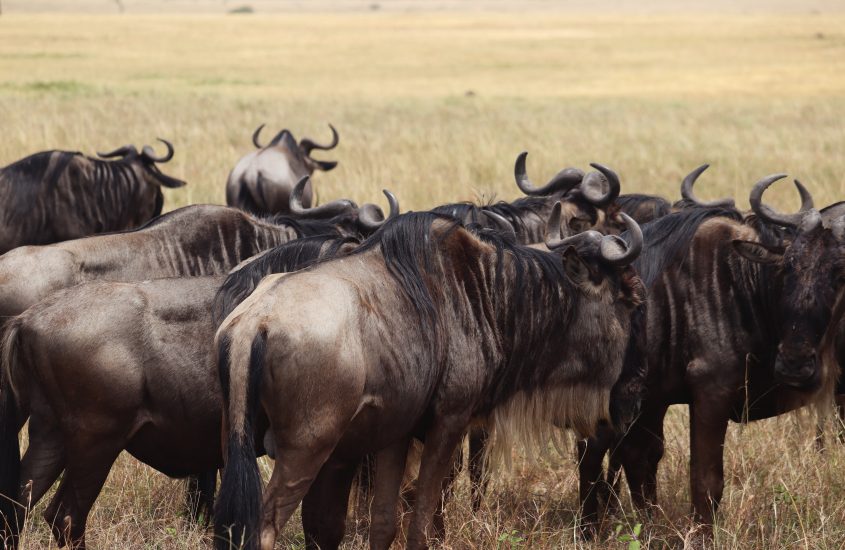
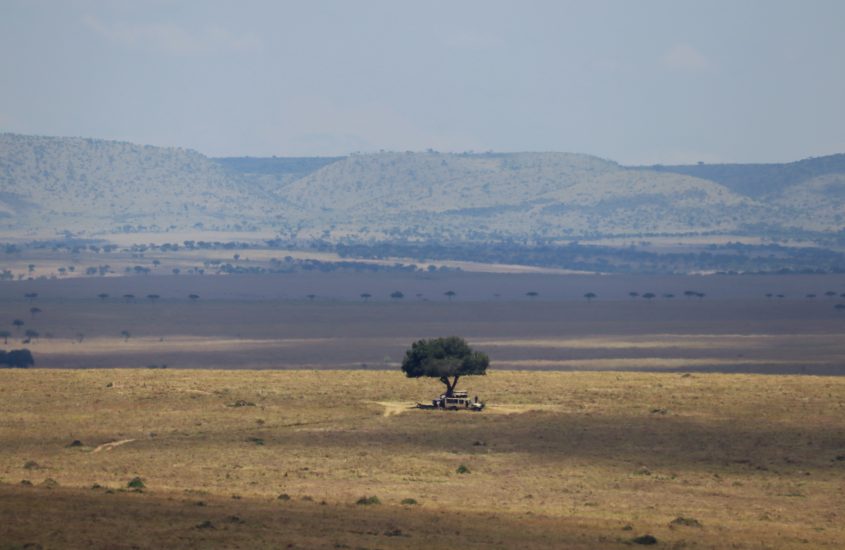

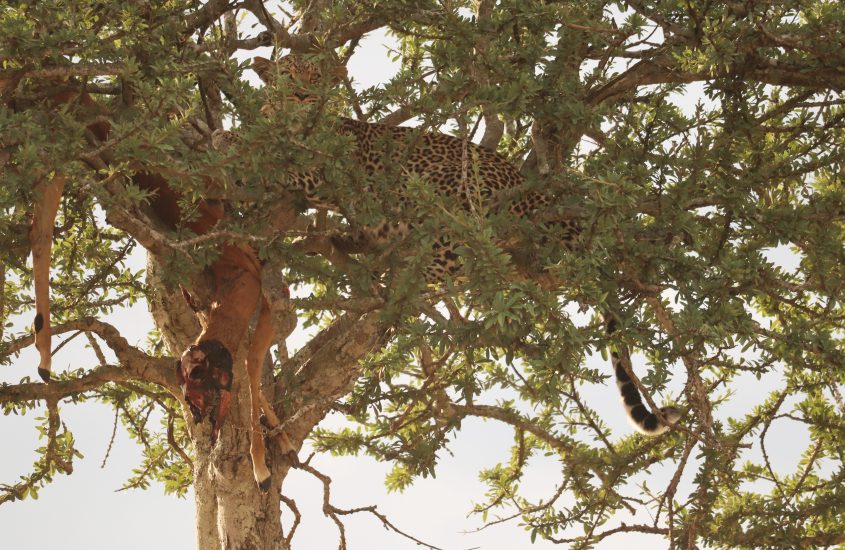
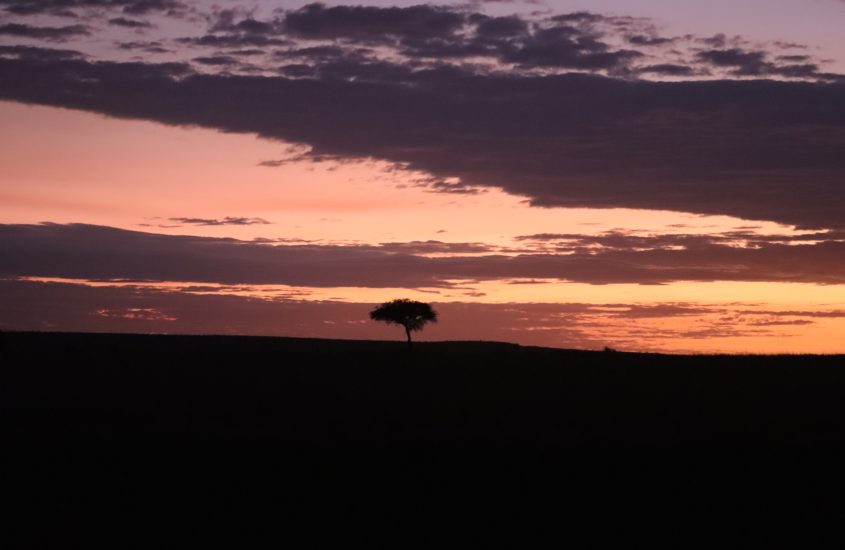
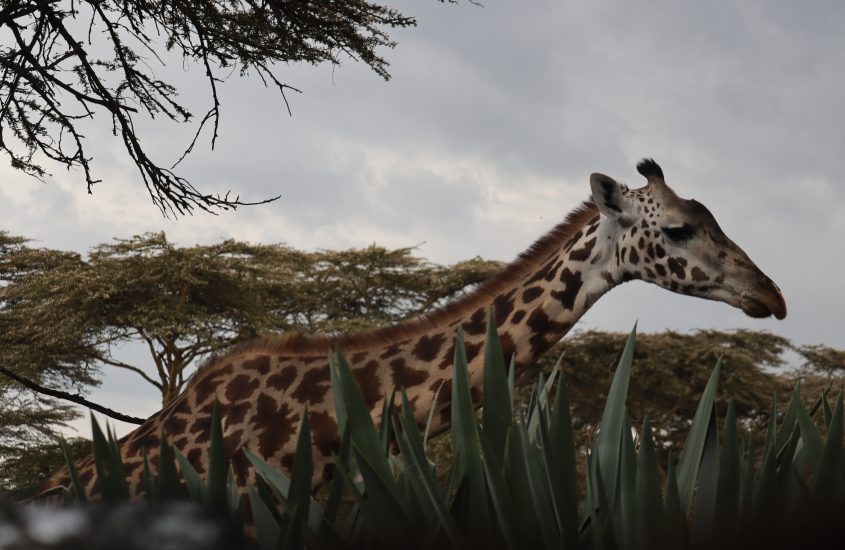
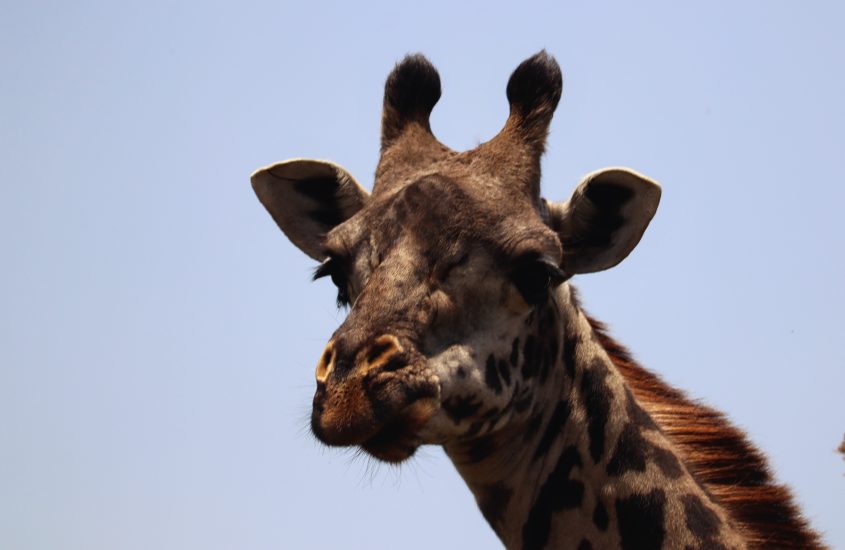

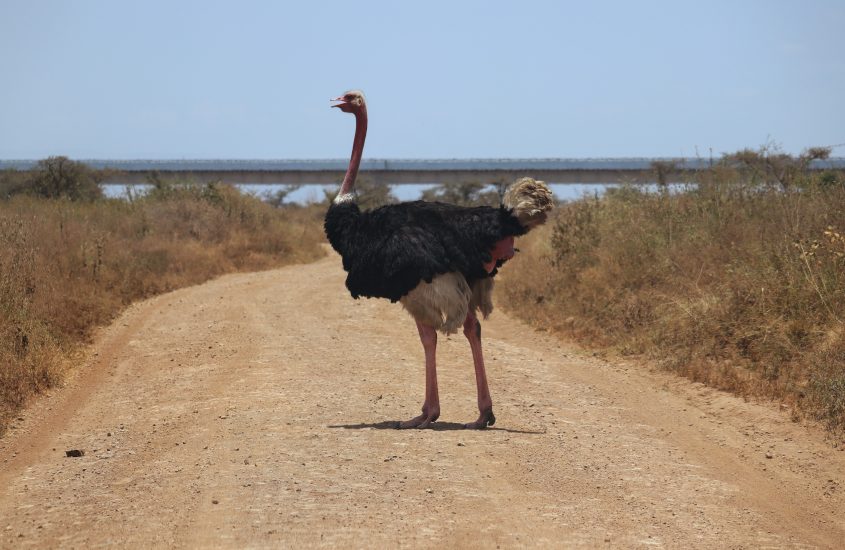
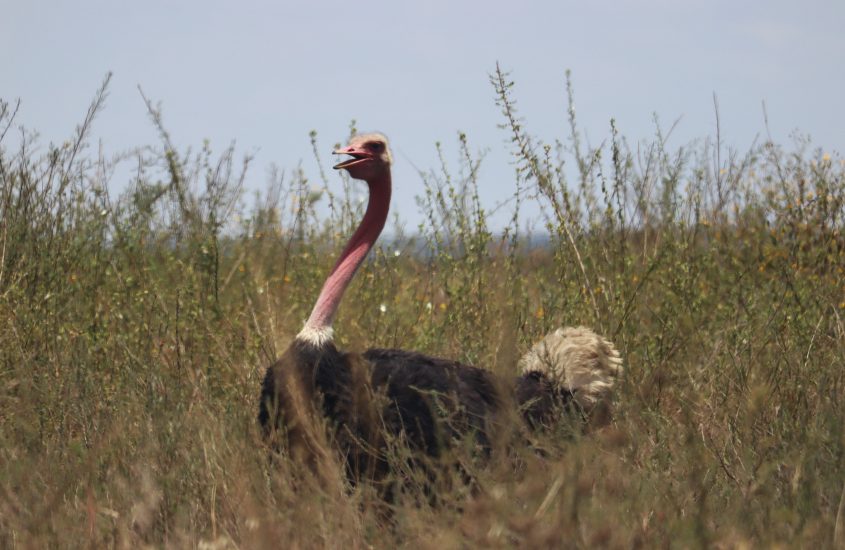

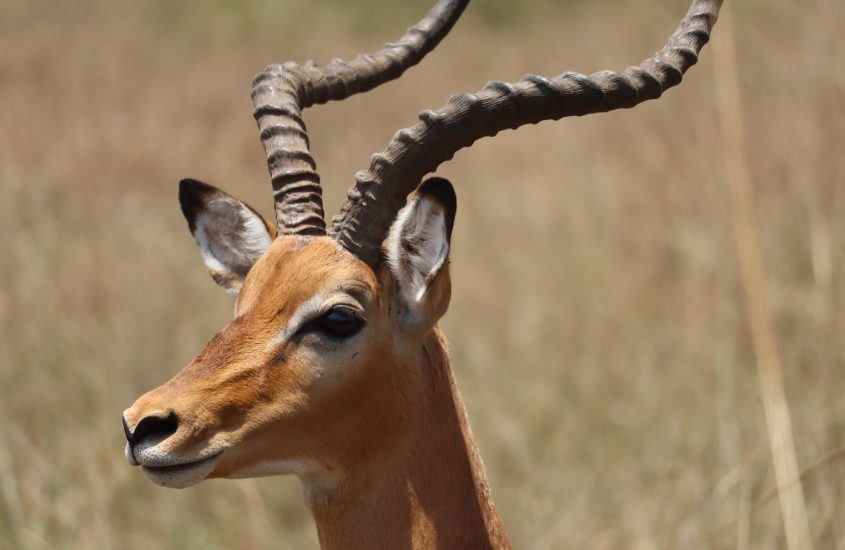
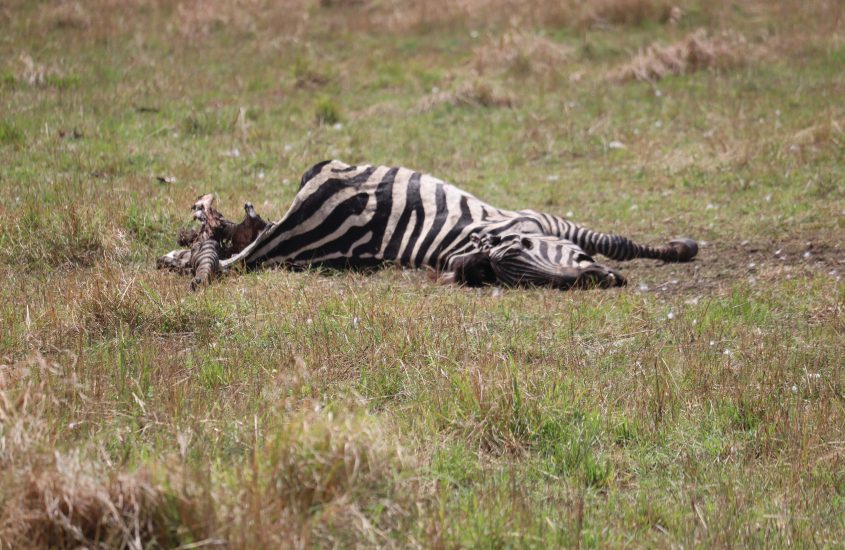
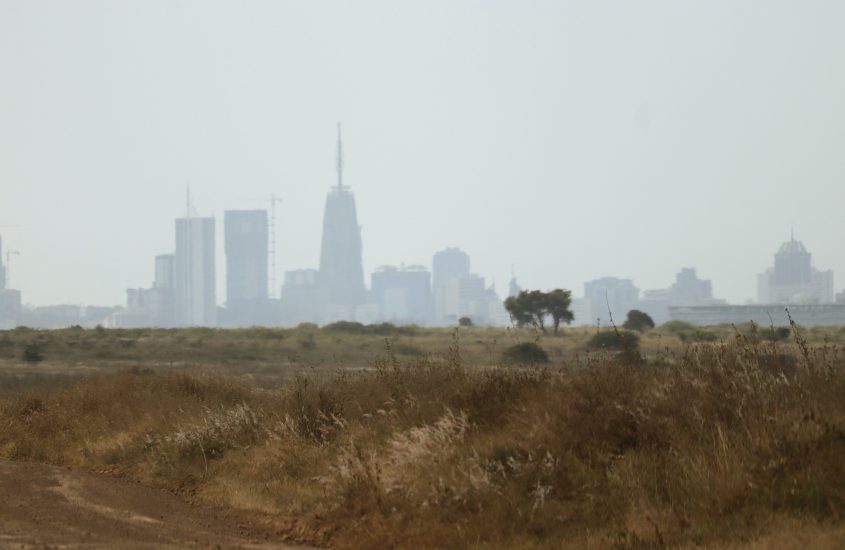
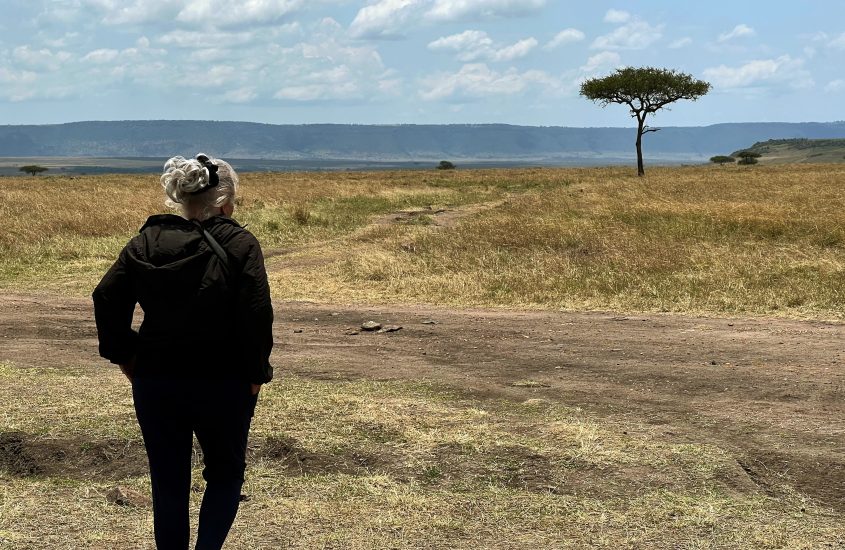

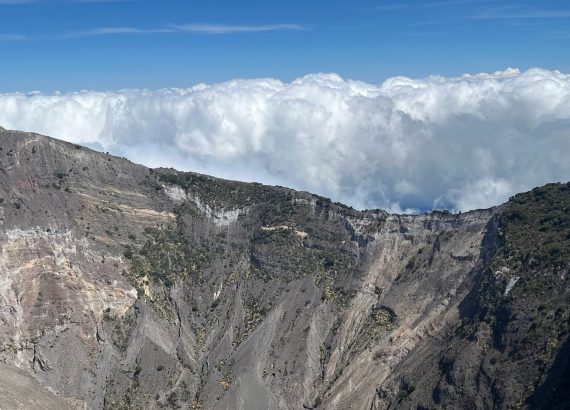
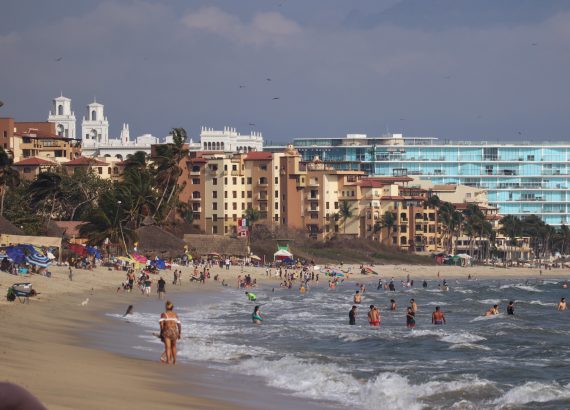
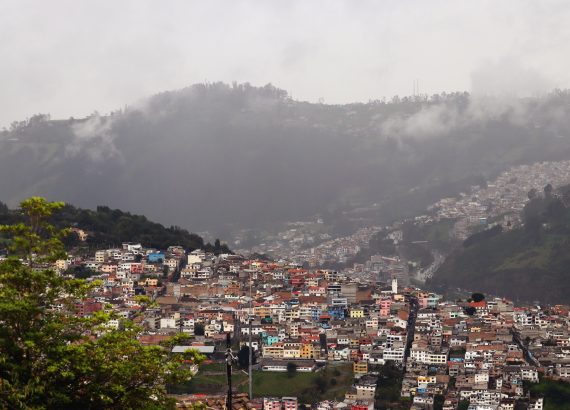
No Comments